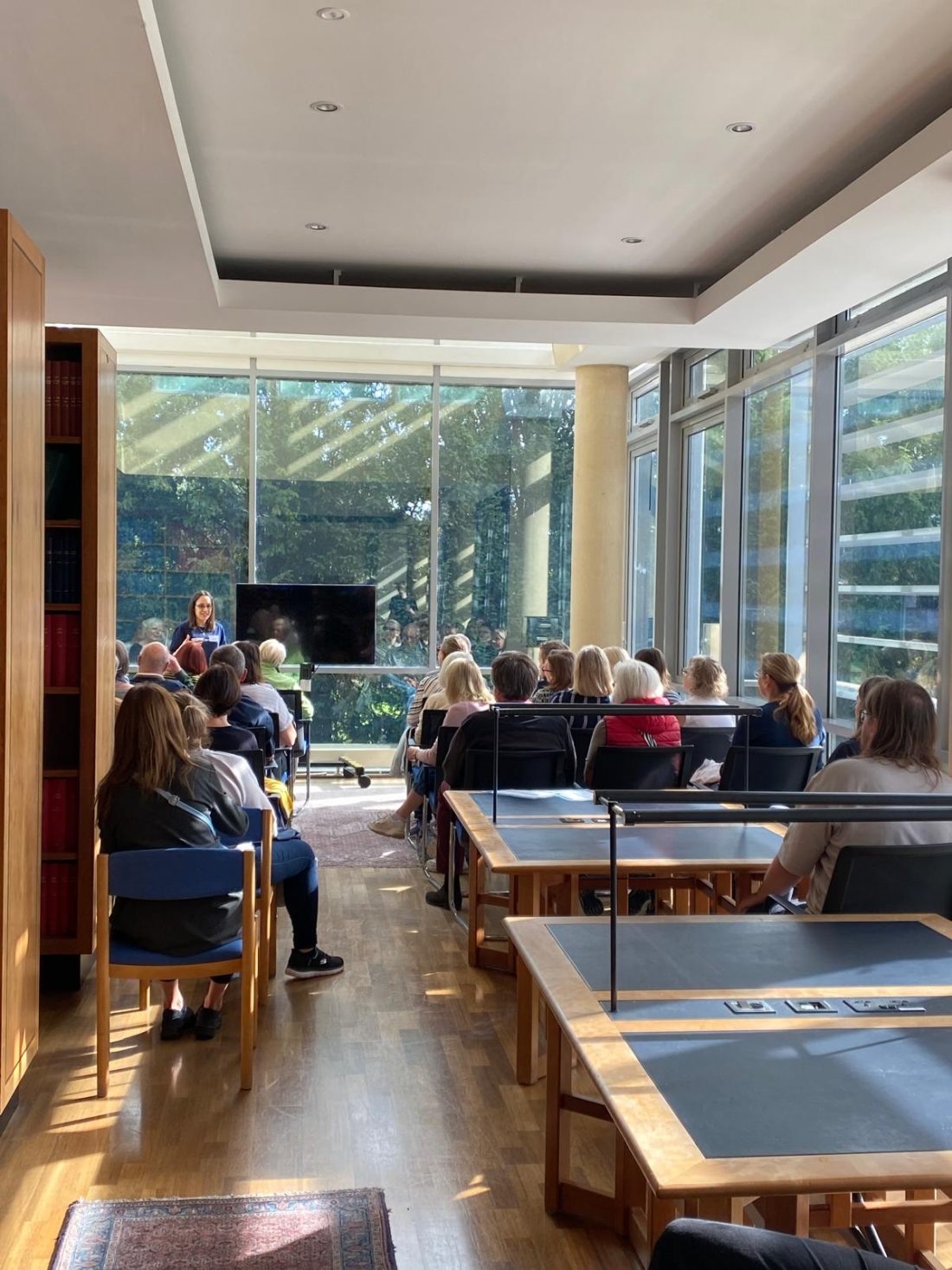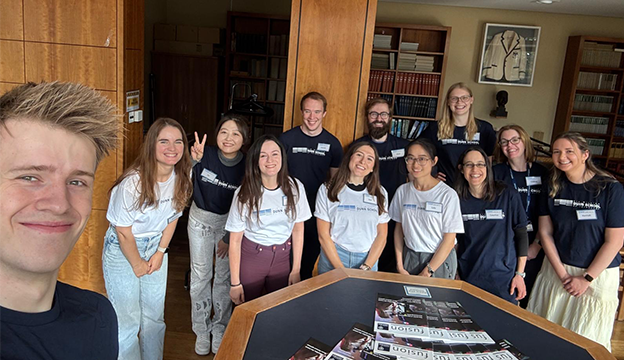Opening the doors to the local community
 Oxford Open Doors is an annual event run by the Oxford Preservation Trust that grants members of the public access into historic buildings and community spaces that are not usually accessible, and is a great opportunity for the local community to explore the beautiful architecture and hidden stories of our town.
Oxford Open Doors is an annual event run by the Oxford Preservation Trust that grants members of the public access into historic buildings and community spaces that are not usually accessible, and is a great opportunity for the local community to explore the beautiful architecture and hidden stories of our town.
Though not the first time we have hosted an Oxford Open Doors Tours, thanks to the past efforts and enthusiasm of Eric Sidebottom and Colin Cook, this was our first participation for many years.
Unlike many other venues participating in Oxford Open Doors, where the public explore by themselves, we offered guided tours.Each tour started in the library where visitors were given an overview of the Dunn School, our history and current research. We of course did not forget to include the always surprising fact that, despite our name, we do not actually research Pathology here! Visitors were then split into two groups who, in turn, had a chance to both learn about our history and our current research.
The highlight of the history section of the visit was the Head of Department’s office, almost unchanged since Florey’s time. Here, visitors learnt about our world changing research on penicillin and cephalosporins, and a chance to see (but alas, not touch!) our penicillin bedpan (the only one that survives in the Dunn School!). Along the way, 100 years of inspiring scientists and transforming research were highlighted through stops at various of our black and white portraits, as well as fascinating connections between past Dunners and Hollywood stars, Inspector Morse, Roger Bannister and even a UK Prime Minister!
The second part of the tour highlighted the Dunn School’s current microbiology research. In the morning session, researchers from Georgia Isom, Chris Tang and Teresa Thurston’s groups presented their work on bacterial-host interactions and antimicrobial research. Visitors were introduced to the techniques these teams use to investigate how bacteria engage with human cells and how their work aims to assist combating AMR. In the afternoon, volunteers from Kevin Foster, Emma Slack and Mathew Stracy’s groups used their session to offer insights into the microbiome and the dynamics of bacterial communities. Their presentations underscored how these microscopic ecosystems influence health and disease, and how understanding them will help shape the future of biomedical science.
This event was a fantastic opportunity to engage with the local community, and to help us prepare for our upcoming centenary, and we hope to participate in the future again.
